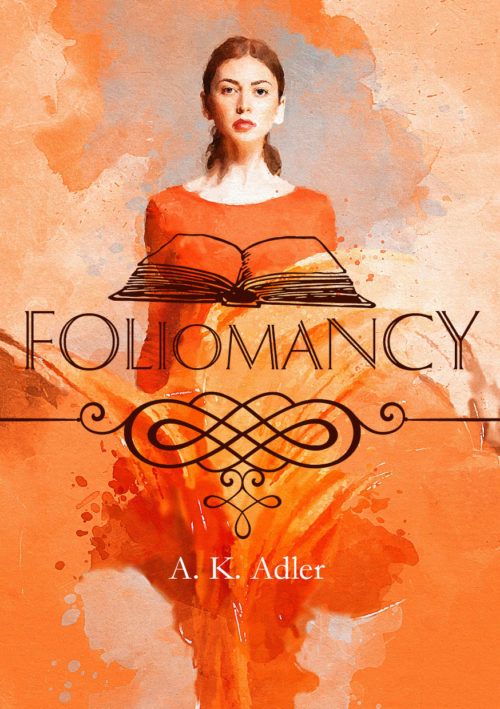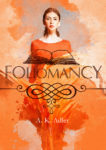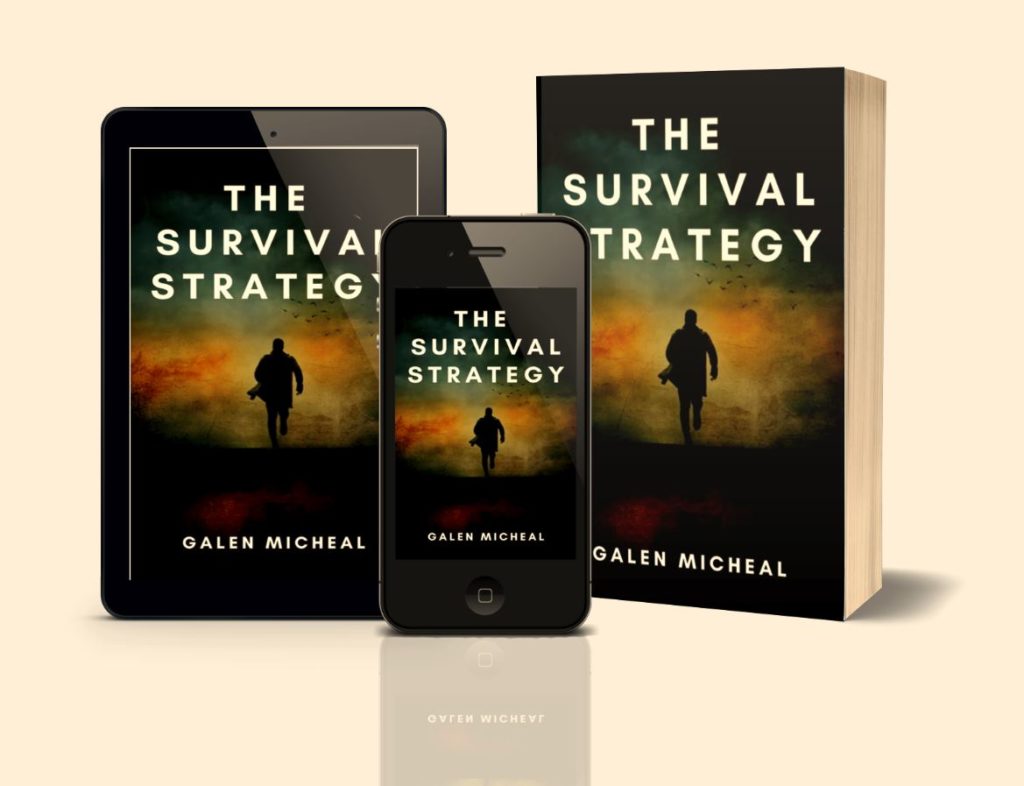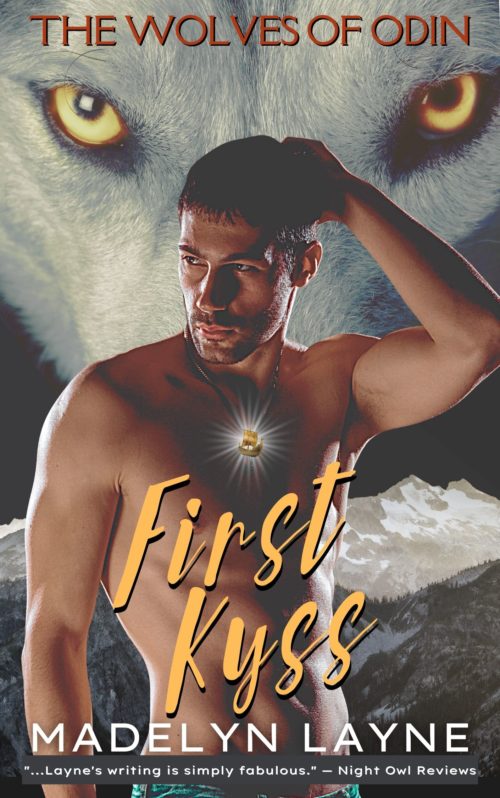

The author says:
OK, so this is a pretty standard plot for a romantic comedy: schoolboy meets schoolgirl, schoolgirl likes schoolboy, schoolboy likes her back. Romance ensues, but they face some major hurdles to their getting together, as not everybody around them at their school and at home approves of their relationship. Will their love be able to overcome these obstacles, or was it never meant to be?
Twist: uh, did I mention these schoolkids are ELEMENTARY schoolkids, or that they’re, like, ten? (“But going on eleven!” they’ll tell anyone who looks askance at them and asks just how old they are when they say they’re dating.)
Target audience: anyone who likes “puppy love” romantic comedies like Melody (1971) or Little Manhattan (2005) or Moonrise Kingdom (2012).
Title: I’m tentatively going with “Cooties” for now, though I’m open to suggestions. You may notice I haven’t put this title or my byline on the cover yet, and the art’s a bit rough.
Explanation: this being a first draft, I haven’t actually spent any money on higher-resolution copies of the stock images I used here yet. As for the title and byline, I’m not quite sure what kind of lettering to use: see, I’m pitching this sort of like I would if it were a Y.A. romance, but the story’s a bit more mature (as in, it would probably get a PG-13 rating if it were a movie) and a lot longer (as in, slightly upward of 100,000 words) and more in-depth than any Y.A. novel typically would be. In short, this is only a rough draft, and I need some advice on how to refine and caption it.
Nathan says:
Showing people in an embrace — especially headless people, which takes away most age identifiers — is definitely going to hit the WRONG audience for this. I didn’t catch the age of the cover models until I read your description and then went back, looking for cues, which is the wrong way for a cover to function.
You’re definitely going to have trouble finding the right image for this book, because it’s got to portray preteen protagonists without giving the impression that it’s for a preteen audience. And “preteen romance” isn’t exactly something that stock photo banks specialize in. My first idea was of a preteen boy and girl sitting at a lunchroom table, with their heads facing straight ahead, but with sidelong glances and subtle smiles…
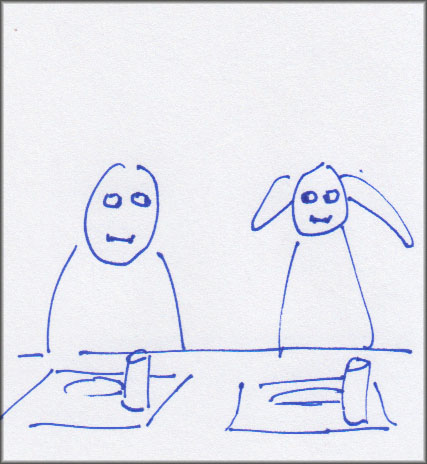
(I R ARTIST!)
…but that may still give too much of a middle-grade-audience vibe.
My related second idea is, I think, a little less obvious, and thus a little less likely to seem aimed at a middle-grade audience. Two lunch trays (with apples, drinking boxes, whatever conveys a grade-school cafeteria) and between them a boy’s hand and a girl’s hand, with their pinkies reaching out to each other:
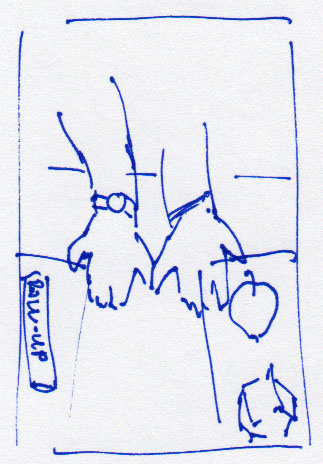 But again, these are off-the-cuff ideas. I think your best bet is to sit down with someone who understands cover design from a marketing perspective and figure out how to convey a grade-school romance without attracting a grade-school audience.
But again, these are off-the-cuff ideas. I think your best bet is to sit down with someone who understands cover design from a marketing perspective and figure out how to convey a grade-school romance without attracting a grade-school audience.
Other comments?
